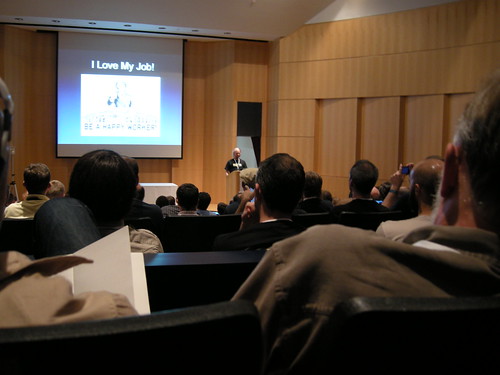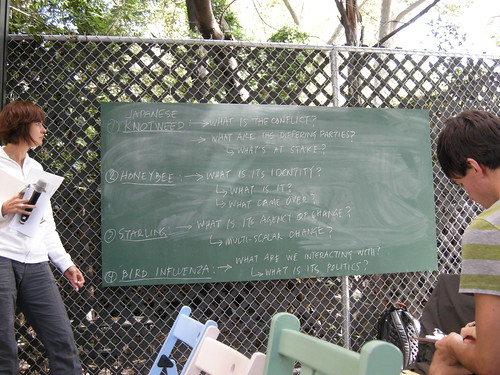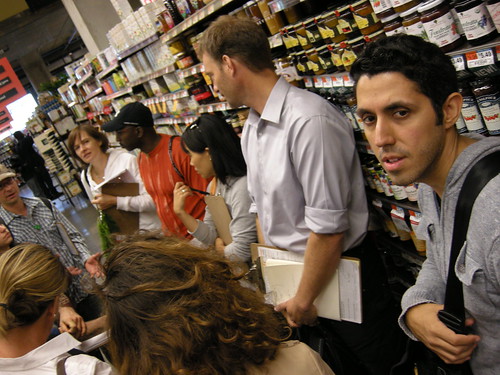Mis-fitting at Birmingham Institute of Art and Design
This term I’m doing some Visiting Tutor work teaching into a project for the second year BA Art & Design students.
The original idea was ‘Body Architecture’. Here’s what the brief evolved into after my recruitment:
Creative Mis-fitting
Watch the following music video:
We see someone wearing a succession of body sculptures (is it fashion? art? architecture?) as they walk through the city and prompt a variety of responses from the Normal People.
When we work in the bubble of an art school, it’s easy for us to forget the world outside and how our work might be perceived by those who have not encountered similar things before. We’re going to take our work outside.
Starting at the Margaret Street school of art, walk, run, slide, skate or use an alternative mode of locomotion for 3 minutes 50 seconds (the length of the music video). The place where you find yourself at the end of that time period is the place you will locate your work. Make sure you have arrived at your own space and are not within 20 metres of another Mis-fitter’s location.
Your brief is to design, construct and ultimately wear a body sculpture that responds to and in some way fits your location, whilst at the same time misfitting people’s expectations of what they might encounter in that place. Find a niche or other point of leverage at your location for your construction to echo – a bit like how the guy in the video’s costumes echo the things that are thrown at him. You will be wearing your work, so you also need to consider how it relates to your body and how you will move whilst wearing it.
You will document the process of arriving at your location, finding the bit to riff off, constructing your attire and any interactions that arise out of you and your costume inhabiting your location.
The project launched yesterday and I joined them in the afternoon to give a lecture on the-sort-of-stuff-I-do-and-the-things-I-think-are-interesting-about-working-in-public-space. This included: an overview of Dust, leading on to the importance of interfaces; objects as permission-givers; magic vests; triangulation; vibrant social spaces; interactions with/between strangers; Urban Sensation Transformers; silly hats and the implications of different design aesthetics; city as playground; rule-bending and transgression; comfort zones and accumulation of actions.
Following this we went outside into Birmingham city centre (Victoria Square and Chamberlain square for some blindfold work and giving the students a way in to working (and being vulnerable) in front of an incidental audience.
Working with one blindfolded person and one chaperone, they were given the following exercises:
- Blindfolded person to describe everything they sense/notice/feel/are aware of as they walk around.
- Chaperone curates a series of sense experiences foe the blindfolded person.
- Try to facilitate some interactions with stranger by making the first approach – ask people for the time or for directions etc and see if they then come back with questions or conversation.
We’ll be unleashing works in progress and the final pieces onto the streets around the school of art over the next few week, so keep an eye out for any unusual goings on …and don’t be afraid to say “what are you doing?”









